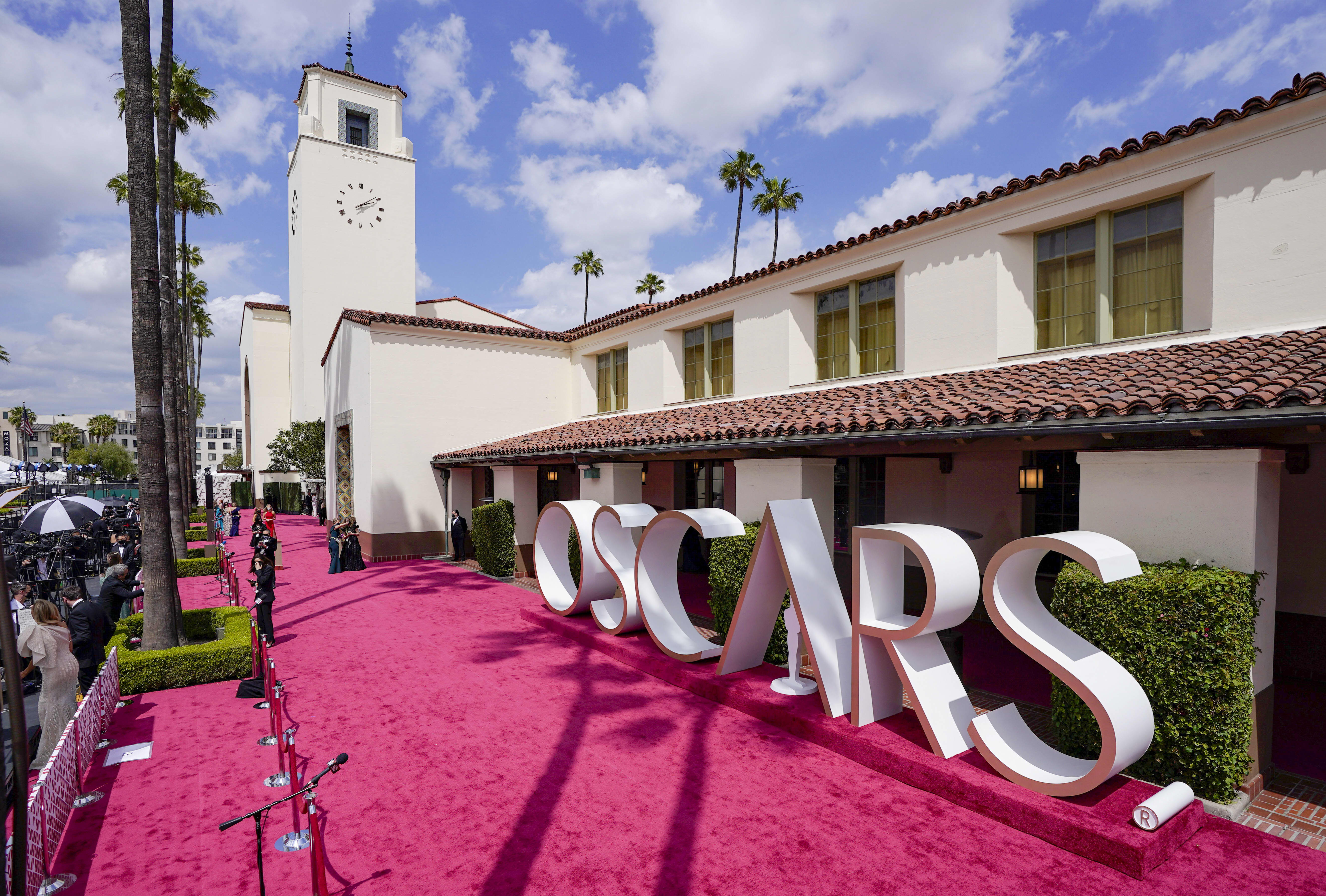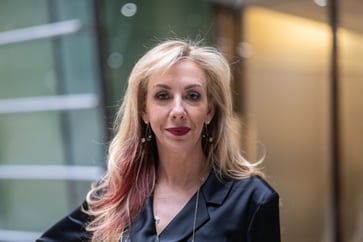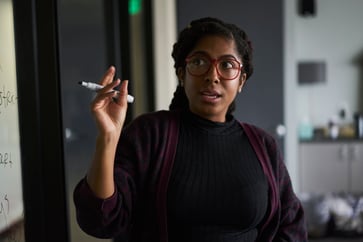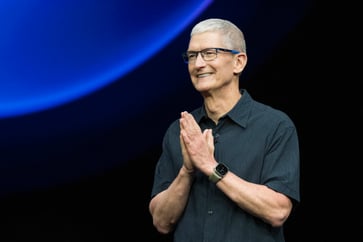In 2022, how far has Hollywood advanced in promoting diversity?

The focus in Hollywood shifts towards the issue of diversity in the entertainment industry prior to the annual Academy Awards. Since the #Oscarssowhite hashtag gained traction in 2015 and 2016 when no people of color were nominated for the 20 acting nominations, the industry has been grappling with the consequences of a lack of diversity both in front of and behind the camera. To address this issue, UCLA recently released its annual Hollywood Diversity Report, which aims to bridge the gender and racial diversity gaps and promote efforts to achieve this goal.
A UCLA study revealed that women have maintained their on-screen presence, accounting for 47% of film leads and 42% of actors. Despite progress in key roles such as director and film writer, women are still significantly underrepresented, with less than 22% of directors and 33% of film writers. Meanwhile, both male and female people of color represent 30% of directors and 32% of film writers.
Women of color continue to fall behind in obtaining major film director positions, according to Ana-Christina Ramon, UCLA's director of research and civic engagement.
A ripple effect
The lack of diversity at the top has a ripple effect across productions, as a study found that films written or directed by women last year had casts that were significantly more diverse than those written or directed by white men. However, the study also revealed that women and people of color face challenges in raising financing for their films, with women and people of color being more likely to helm a film with a budget of less than $20 million than white men.
Ramon states that there is an inequitable system that disadvantages women, and when a film has a larger budget, it will receive more marketing and support from the studio.
According to Ramon, the data suggests that films with diverse casts are more successful at the box office. In 2021, eight of the top 10 theatrically-released films had casts that were over 30% minority, while films with less than 11% minority actors were the poorest performers.
Hollywood has been addressing the gaps in representation and inclusion with attention to the $10 billion opportunity identified in a 2021 McKinsey study, as well as the Academy's representation and inclusion standards for films to qualify for the 2024 awards.
The standards set forth criteria for films to qualify, including having a lead actor from an underrepresented racial or ethnic group, at least 30% of secondary and minor roles from at least two underrepresented groups, or a storyline or subject matter centered on an underrepresented group. Additionally, films must meet certain diversity requirements in terms of creative leadership and project teams, marketing, and access to opportunities.
Nonprofits are collaborating with studios to ensure they meet transparency disclosure standards and are already beginning the measurement process.
Creating a pipeline for diverse talent
Free The Work is an organization that helps place diverse talent on movie sets, working with over 10,000 companies that hire and 13,500 creators. Additionally, it helps companies accurately assess their representation on sets by providing an independently-verified assessment of a production's diversity.
Pamela Buzick, Executive Director of Free The Work, aims to highlight underrepresented creators who are exceptional storytellers and talented individuals, stating that they could be the next Spike Jonze or Spike Lee.
Maureen Bharoocha, a film school graduate, found jobs through Free The Work's platform and has since directed a range of content, including "Jimmy Kimmel Live!", a Jonas Brothers special, and a thriller that aired on Lifetime. She is now directing features.
Bharoocha, who is half-Irish and half-South Asian, explains that he used social media as a way to showcase his abilities and share his experiences with the world. He believes it's crucial to collaborate with partners who are open to new perspectives and stories, which can only be achieved by working with underrepresented voices or seeing a story from a different angle.
Warner Media's Chief Inclusion Officer Christy Haubegger stated that diversity is not only a moral imperative but also a key factor in winning in a global marketplace by directly appealing to consumers worldwide.
The Academy's initiative to promote diversity in the film industry is rooted in its belief that arts and sciences, including filmmaking, thrive from diversity. This belief, coupled with its mission to recognize and uphold excellence in the motion picture arts and sciences, inspire imagination, and connect the world through the medium of motion pictures, necessitates a commitment to representation, inclusion, and equity. The Academy aims to encourage the industry to tell more stories that have not yet been told by promoting diversity.
Check out:
Subscribe to our weekly newsletter to become more knowledgeable about your finances and career.

make-it
You might also like
- One of the most Googled houses in the world, the Chicago-area house from 'Home Alone,' has just sold for $5.5 million.
- A psychologist claims that TikTok is causing harm to children on an industrial scale.
- I won't be consuming these 6 foods that can accelerate the aging process and shorten my lifespan, as advised by a plastic surgeon with 20 years of experience.
- In order to succeed in 2025, the best advice from a career coach is to be proactive.
- Fourteen colleges provide bachelor's degrees in AI, with only one Ivy League institution among them.



















